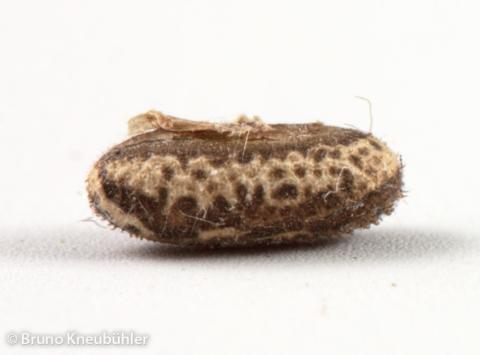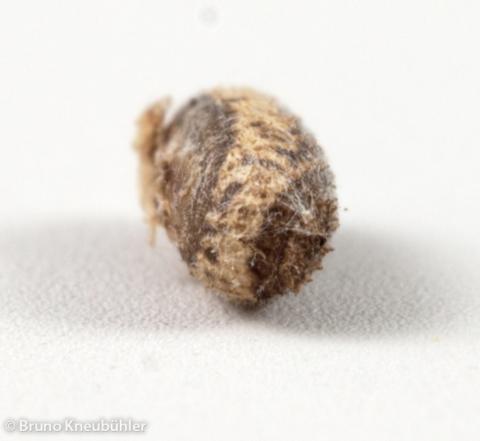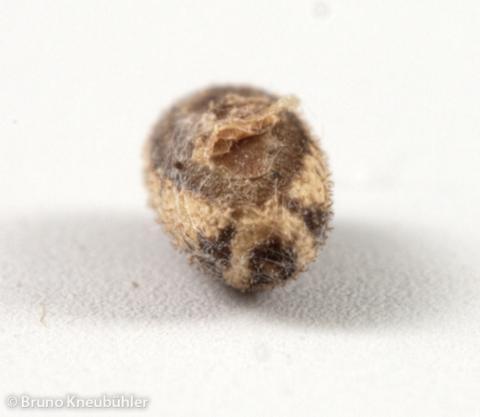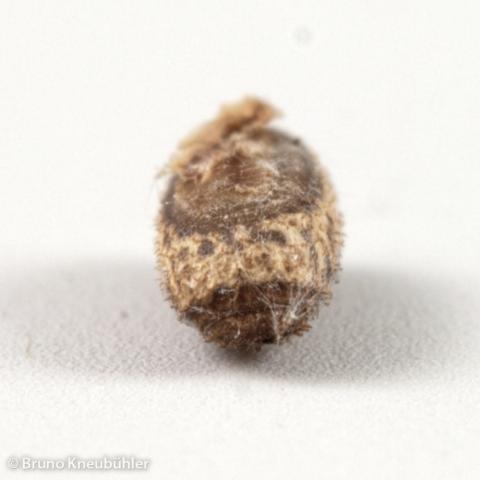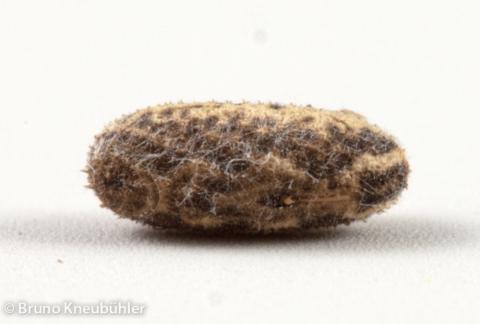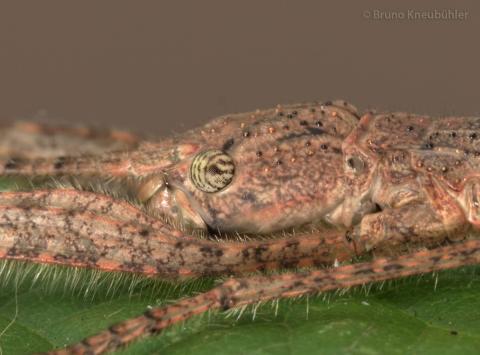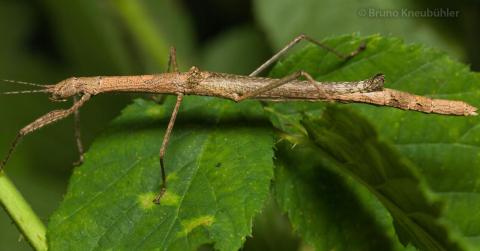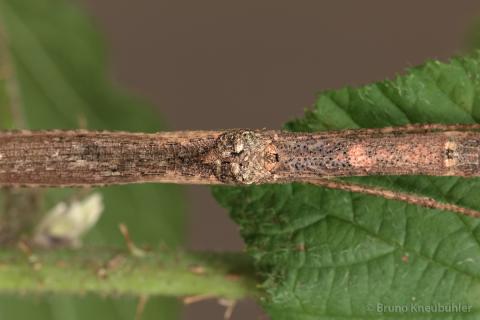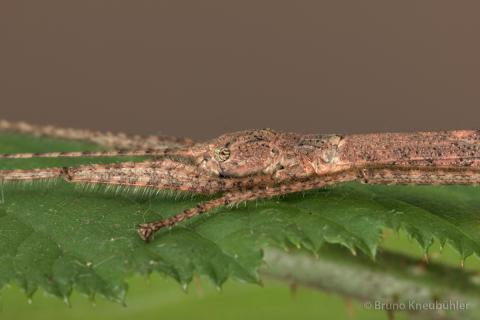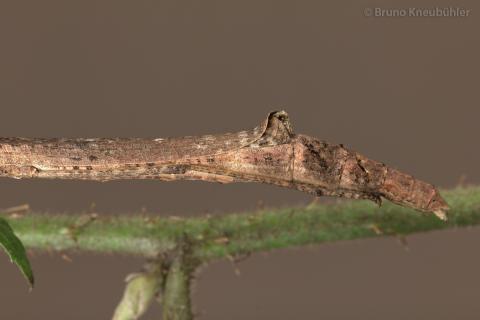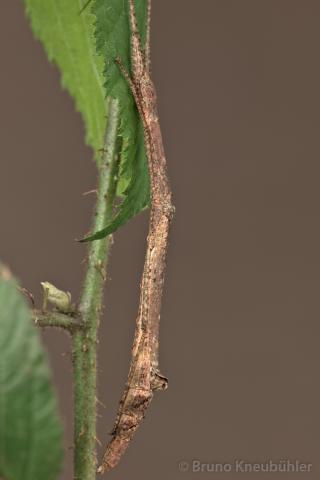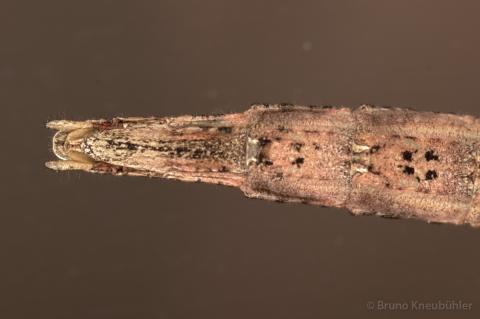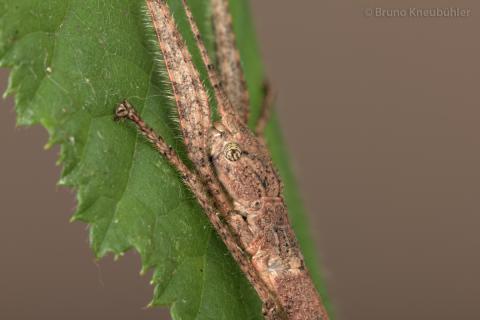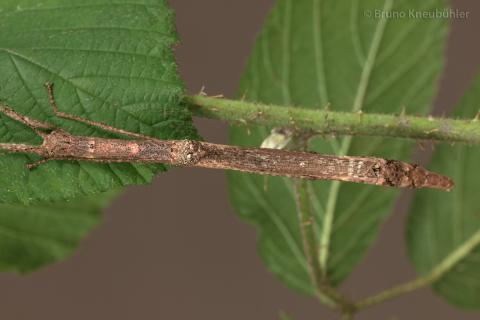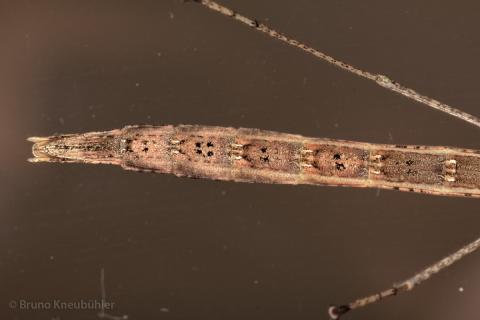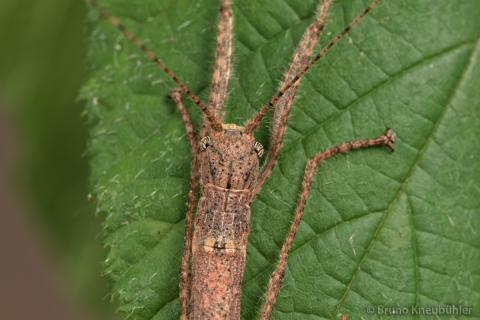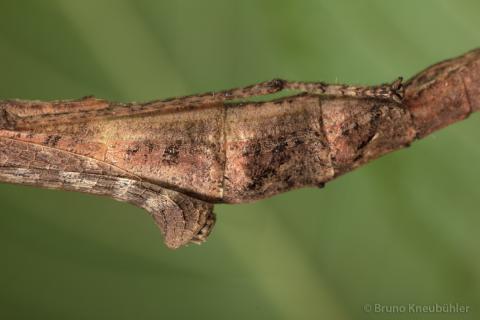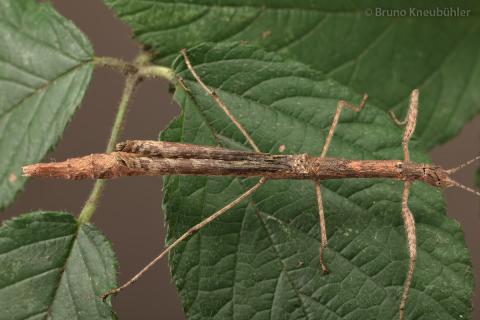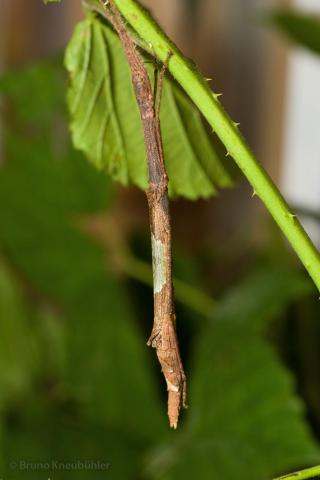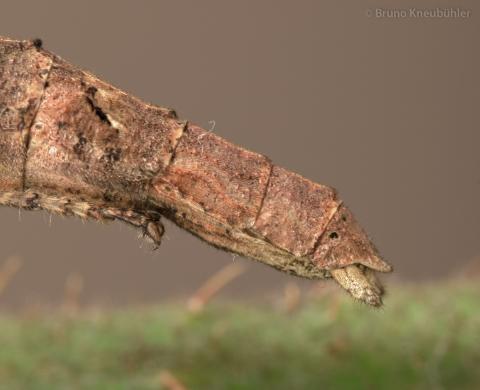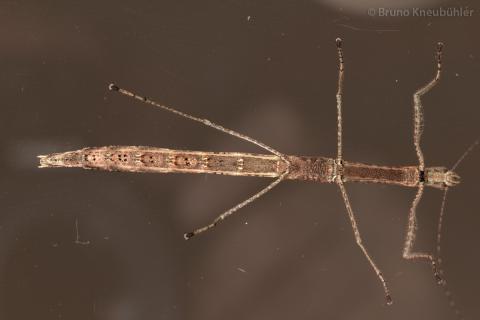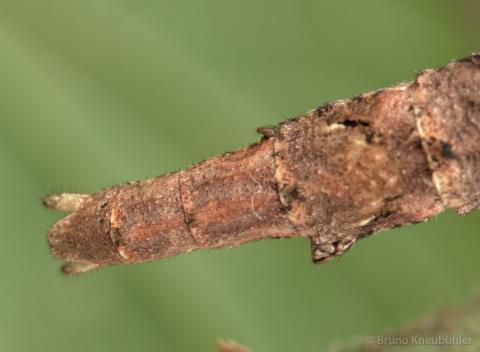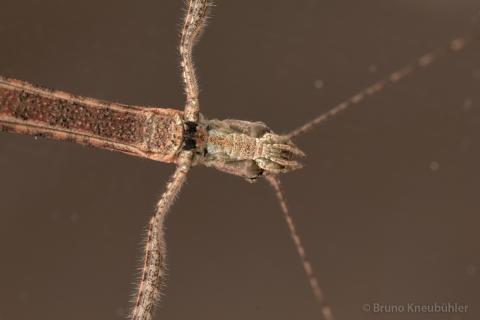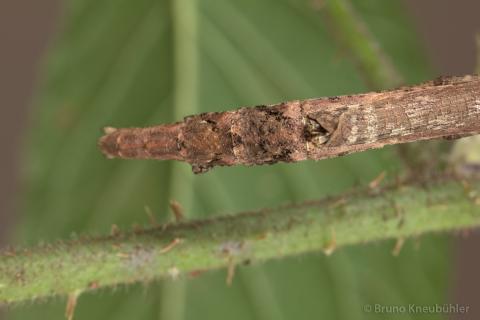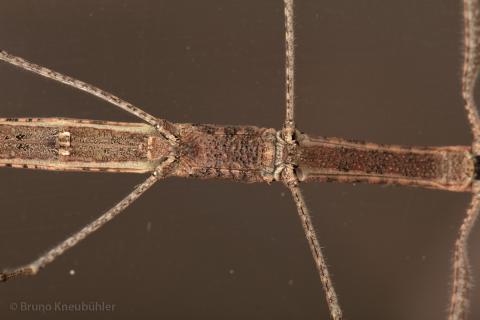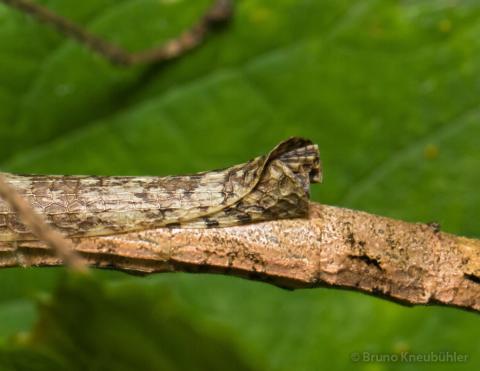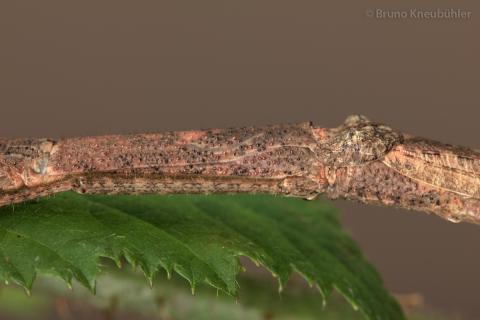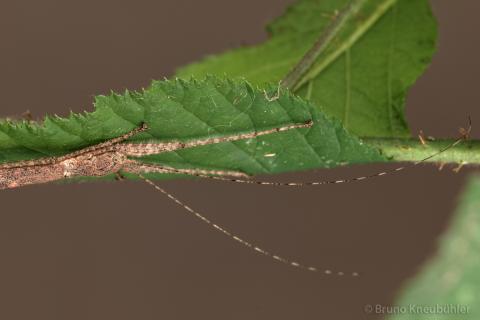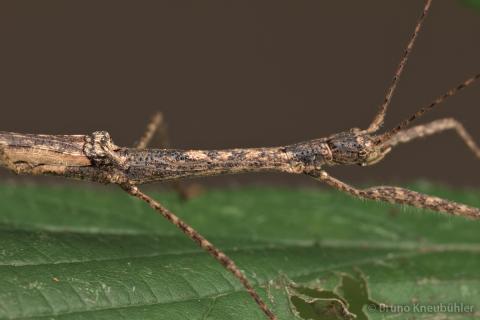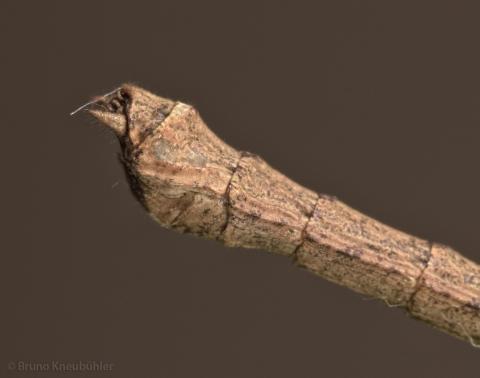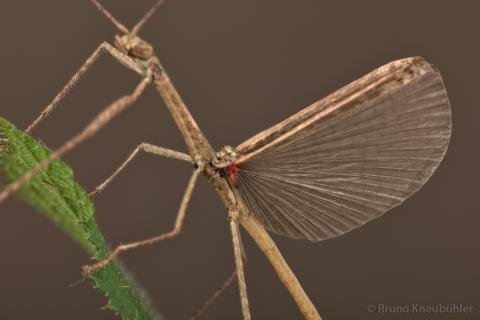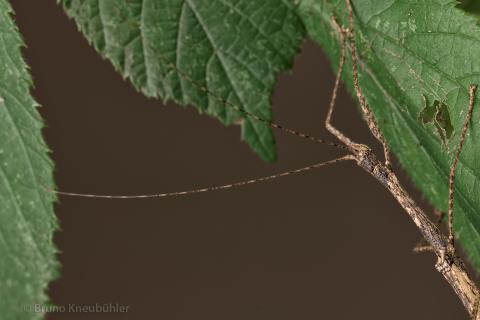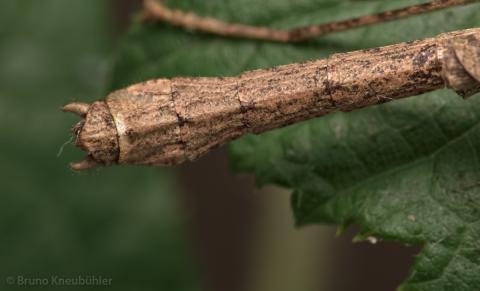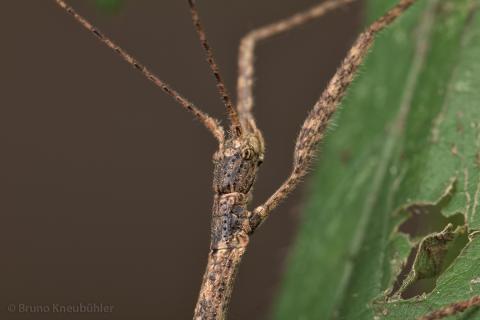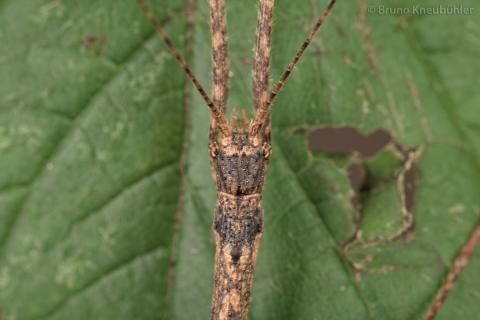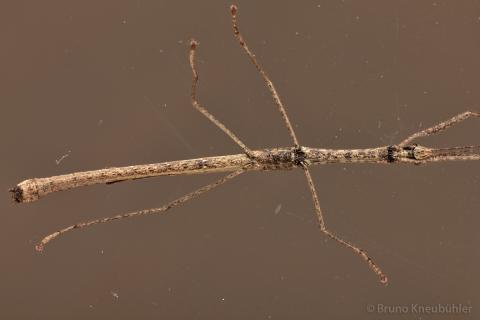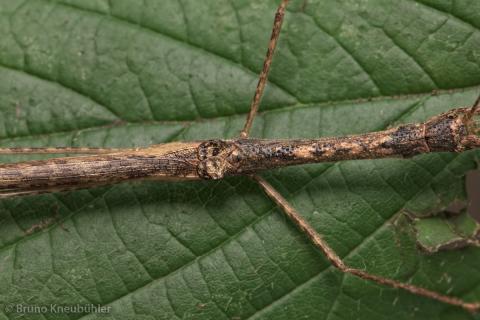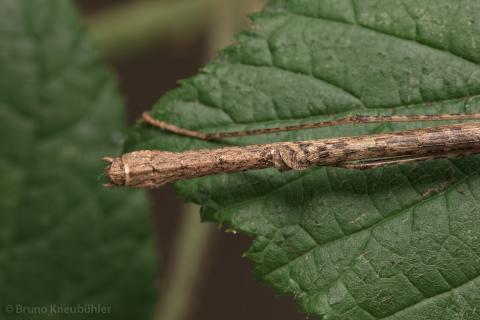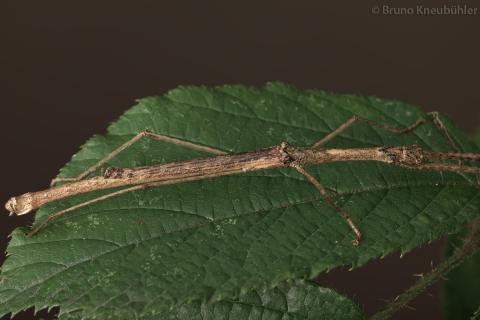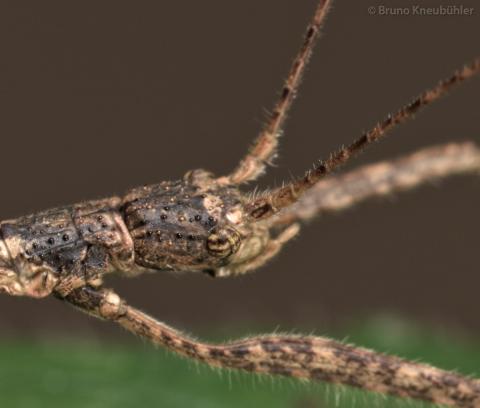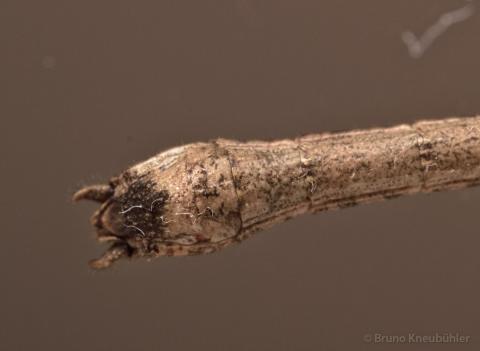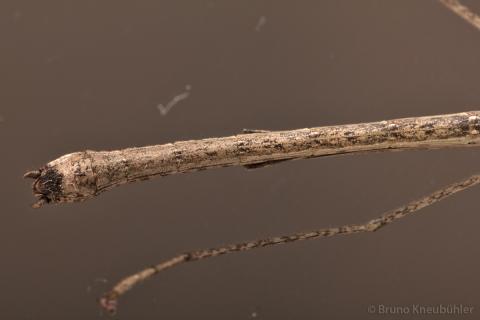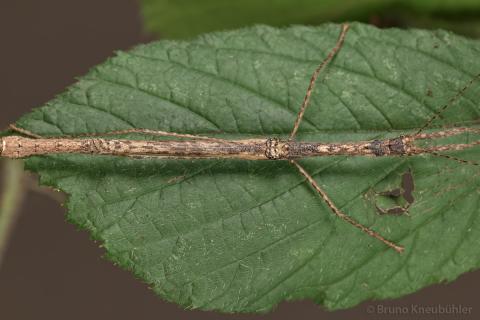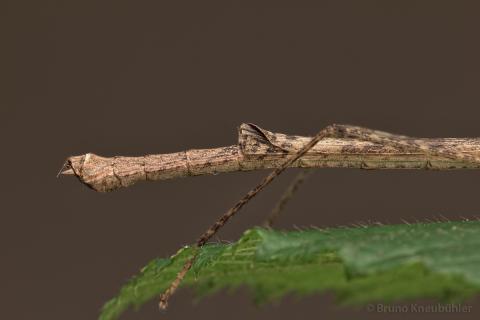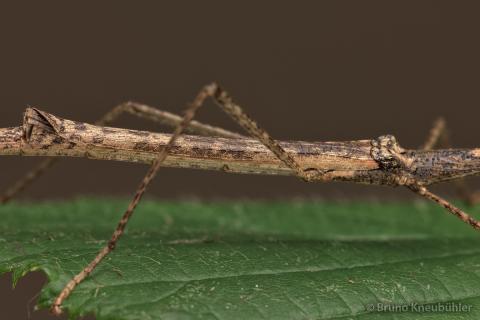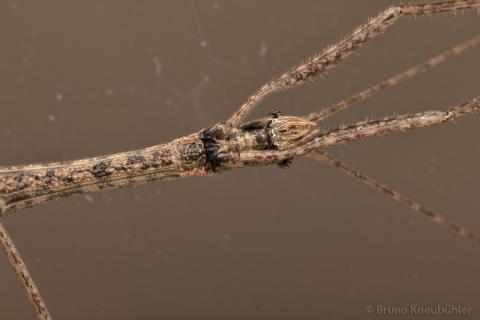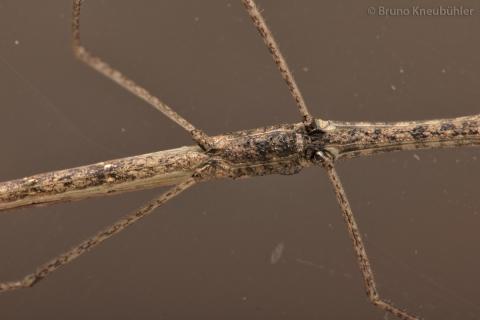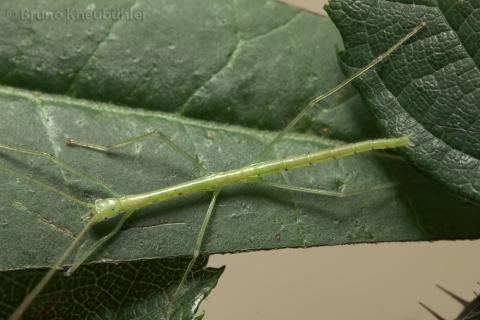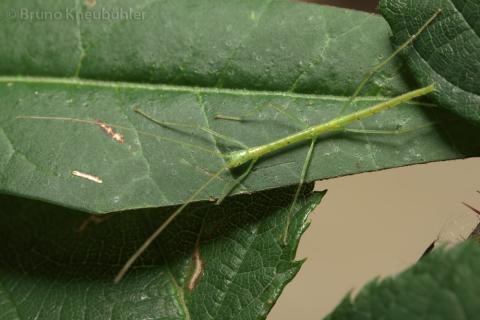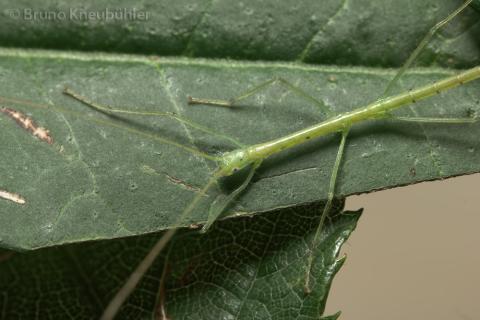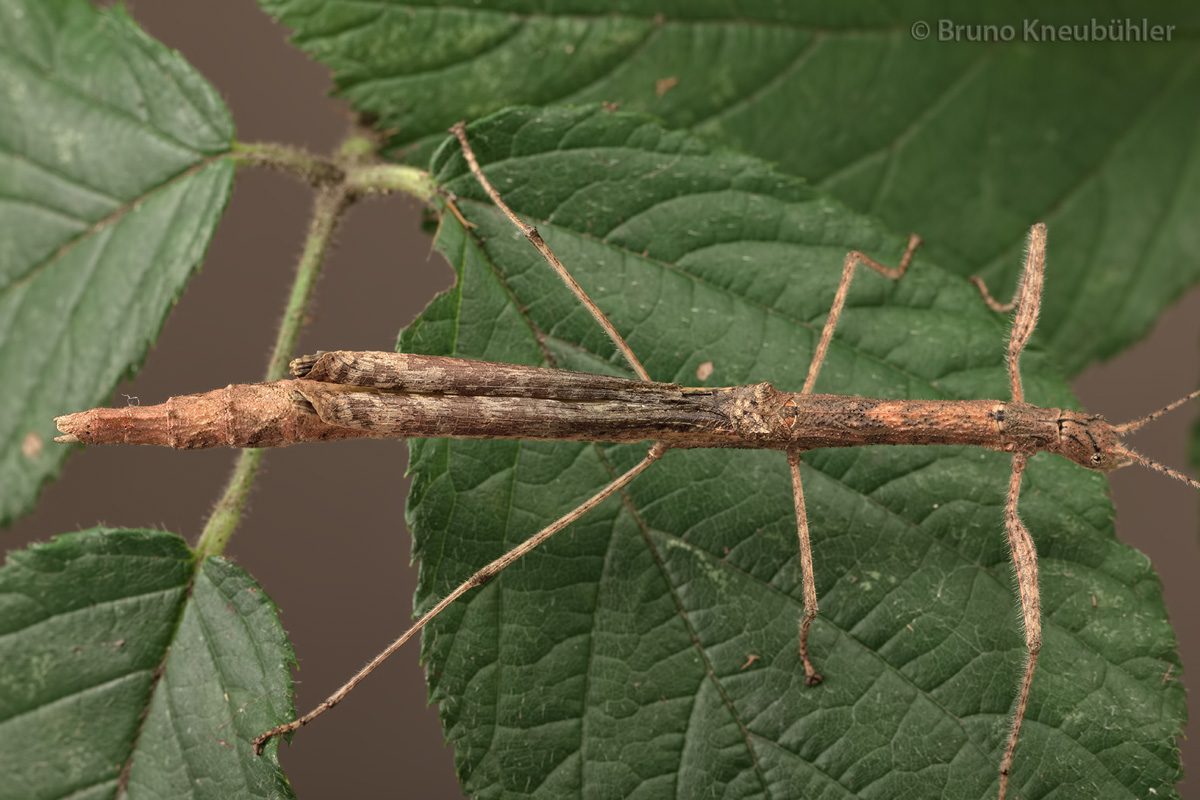
Species
Stock
CLP
778
Culture status
In culture
Foodplants
Cherry Laurel (Prunus laurocerasus)
Breeding notes
(by Bruno Kneubuehler)
General Notes
- taxonomical aspects of this species are being examined by Joachim Bresseel (Belgium), and he will also describe this species
- this species could belong to a new genus (Joachim Bresseel, pers. comm.)
_________________
Culture History
- 2011 - first successful culture by Bruno Kneubuehler
- 2012 - this species has been distributed as Necrosciinae sp. „Cuc Phuong“
_________________
Origin
- Cuc Phuong, Vietnam
_________________
Females
- inconspicuous, typical phasmids
- about 6 - 7 cm long
- females are differently colored
- mainly different shades of brown
- few females have grey areas
- hind wings are well developed
- last part of hind wings is faned out – which at first looks as if something went wrong during the last moult. But all females (and males) posses this characteristic
- 5th – 7th abdominal segment is a bit swollen comapred to the other segments
- membranous part of hindwings (alae) is translucent and brown
- antennae are brown-black banded
- antennae are longer than forelegs
- subgenital plate is shorter than the abdominal tip
_________________
Males
- typical, thin phasmids
- about 5.5 cm long
- coloration varies amongst males (F1), but not as variable as amongst females
- different shades of light and dark brown
- wings are well developed
- last part of hind wings is faned out too
- membranous part of hindwings (alae) is translucent and brown,
- the base of the hindwings is red
- antennae much longer than forelegs
_________________
Nymphs
- about 16 mm long (L1)
- green (L1)
- antennae longer than forelegs
- by L4 – L5 it is quite easy to draw a distinction between ♀♂ (by the naked eye)
_________________
Eggs
- about 3 x 1 mm
- elongate-oval
- contrasty markings, light and dark brown
- matt
- surface is rough
- no distinct capitulum present
- the egg lid (operculum) is aslope to the longitudinal egg axis
- microphylar plate is narrow
_________________
Food Plants
- cherry laurel (Prunus laurocerasus)
this very commnon and evergreen garden plant is very well accepted by freshly hatched nymphs, older nymphs and adults - cut away the leaf margins for the small nymphs !
_________________
Behaviour
- nymphs and adults react rather frantically when they feel threatened (like when they are touched). They drop down, wriggle about and freeze again after a few steps
- exited adult males sometimes run around for some time with wings spread wide open
- otherwise adults and nymphs are rather passive during the day
- matings are frequent, couples usually stay together for a few hours only
- a defensive spray has not been observed
- eggs are glued to different sufaces in the cage – ceiling, walls, floor, food plants
- about 30 eggs per female and per week
_________________
Developement
- as this species has a rather short incubation time, they can produce two generations per year
- incubation time (HH-incubation on slightly damp sand at 20 - 23 °C) is about 4 – 6 weeks (F1)
- if the eggs are detached, it is important to spread some dried (!) moss over the eggs - this will make it much easier for the nymphs to hatch unscathed and it also reduces mould growth to some extend
- hatching ratio in F1 was very high (> 50%)
- males will be adult after about 3 months (at 20 – 23°C), females after about 3.5 months
- females start laying eggs after about 2 – 3 weeks
- adults can live for several months
_________________
Breeding Notes
- my general notes on how to breed phasmids are an integral part of this care sheet ...
- it is very easy to breed this species
- keep the nymphs in a cage with good ventilation, but take care that the humidity does not drop too low
- a constantly wet paper towel on the floor of the cage helps raising humidity
- a humidity level of about 60+ % rH (for adults) and 75+ % rH (for nymphs) seems to be fine
- nymphs can be kept in a Faunabox (or similar cages)
- if needed, move nymphs to a bigger cage as they grow bigger
- a cage of at least 30 x 30 x 30 cm should be provided for 3 – 4 adult couples of this species (or considerably larger if the cage also contains other species !)
- generally I advise to keep different phasmid species seperately (unfortunately, overcrowed cages are still too common ...)
- I have never sprayed nymphs, adults or their cage with water
- make shure that nymphs, which are about to undergo their adult moult, do not find places in the cage which would not offer them enough space beneath to moult successfully
